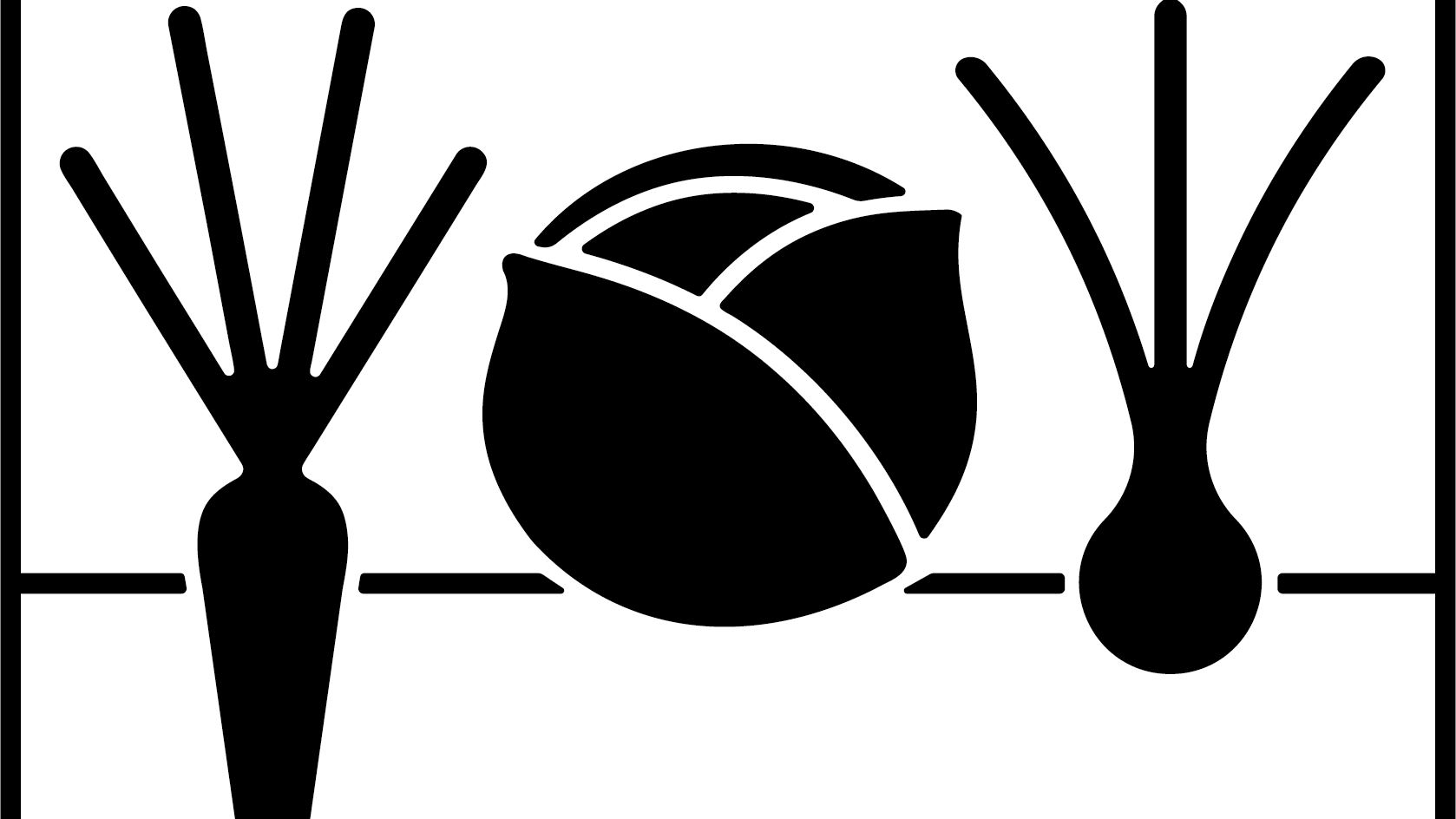22 September 2025 - Automation and digital tools are helping farms manage rising labour costs in special crop production — with weed control leading the way, while harvesting tech still lags behind.
By Till Belau, Darmstadt
Growing special crops is a sector that requires intensive manual labour. The increasing scarcity of seasonal workers and the rise in the minimum wage are presenting farms with major challenges, as care work – especially weed control – and particularly the harvesting work involved with special crops require a high amount of working time.
Many farms are hoping to relieve their workload by using autonomous and semi-autonomous technology. So far, however, there is little positive news to report in this regard in the harvesting sector where, despite numerous trials, only a very few machines are being used on farms. The situation is different in the case of autonomous or semi-autonomous systems for weed control. Manufacturers are increasingly offering suitable solutions for these tasks, which are also being used on farms.
The following provides an overview of current innovations and evolutions in the special crop sector that will be on show at Agritechnica 2025.
Semi-autonomous systems for weed control
Two innovations amongst the semi-autonomous systems for weed control that also achieve good results with narrow seeding and plant spacings deserve attention.
Although robotics and computer vision are on the advance in weed control, many systems are lacking in precision, speed and scalability. The LaserWeeder G2 from Carbon Robotics, which is available in widths from 2 m to 6 m, kills weeds using a combination of AI/deep learning and laser technology. It uses the Carbon AI software to kill weeds with the aid of lasers. Advantages arise due to cost reductions for manual and chemical weed control, higher yields and, above all, minimised environmental impact.
Jaetwerk JW4 from innoMADE, which combines modern image recognition with optimised control technology, is suitable for automated, herbicide-free weed control in directly sown vegetable crops with narrow seed spacing, such as carrots, beetroot and onions, etc. The crop and weed recognition function is based on modern transfer learning systems and an open image database. Vertically operating hoeing blades enable precise mechanical weed control even in tight seed rows. Thanks to its compact design, the Jaetwerk JW4 can be used on small tractors with track guidance or also on manually steered machines, making it interesting for smaller farms in particular.
Autonomous carrier platforms
Besides the systems described above, autonomous carrier platforms or towing devices will also be presented by the manufacturers. One interesting innovation in this area is New Holland's PowerBox concept, a family of robots for autonomous use in special crops. The PowerBox concept enables autonomous mowing, ploughing and spraying, navigates by means of proven GPS-RTK technology and is augmented with LiDAR sensors. The PowerBox can be used with a farm's existing implements, thereby contributing to cost reductions and increased sustainability. Autonomous implement recognition and the innovative independent lifting arm concept make coupling the implements easier.
Digital systems
Farms are also being supported by digital systems, which are increasingly making their way into special crop growing. One example of this is Tree-by-Tree Precision Fertilization, which John Deere will be exhibiting. It is the first system that enables variable, tree-specific precision fertilisation using satellite images while using existing agricultural machinery and digital platforms. This involves a combination of various innovations from Graniot (high-resolution images), Yara (Atfarm, nutrient plan/tree), John Deere (nutrient plan on G5 display) and Teyme (pulse width modulation nozzles).
Machine handling
Exciting developments are also available with regard to time-saving machine handling. One of the innovations in this area is GRIMME ModuChange. This quick-change system for carrot harvesters enables simple and fast replacement of the pick-up unit, e.g. from a clamping web to a sieve web, by just one person using a forklift or similar. The machine can therefore be adapted to different harvesting conditions within 30 minutes. This is made possible thanks to three defined collecting pockets with corresponding counterparts on the pick-up units. Besides reducing the amount of time and personnel needed, this is intended to eliminate jamming or damage to the pick-up unit.
Conclusion and outlook
While fruit and vegetables account for only 1% of the land used for agricultural purposes in Germany, special crops represent 10% of agricultural value creation. The high wage costs for (seasonal) workers are a particular headache for farms. While the hourly wage was still €10 in 2014, it has since increased significantly and is currently €14 to €16.
Progressing mechanisation and a shift in the cultivation programme are ensuring that the number of working hours per hectare is decreasing slightly, but intensive work on autonomous or semi-autonomous systems for weed control is still ongoing so that special crop growing, which is very labour-intensive, remains competitive. Despite all successes and progress in this area, manufacturers should not lose sight of harvesting work in their new developments.
Media contact:
Malene Conlong
Tel: +49 6924788237
Email: M.conlong@dlg.org
About DLG
With more than 31,000 members, DLG is a politically independent and non-profit organisation. DLG draws on an international network of some 3,000 food and agricultural experts. DLG operates with subsidiaries in 10 countries and also organizes over 30 regional agricultural and livestock exhibitions worldwide. DLG’s leading international exhibitions, EuroTier for livestock farming and Agritechnica for agricultural machinery, which are held every two years in Hanover, Germany, provide international impetus for the local trade fairs. Headquartered in Frankfurt, Germany, DLG conducts practical trials and tests to keep its members informed of the latest developments. DLG’s sites include DLG's International Crop Production Centre, a 600-hectare test site in Bernburg-Strenzfeld, Germany and the DLG Test Centre, Europe's largest agricultural machinery test centre for Technology and Farm Inputs, located in Gross-Umstadt, Germany. DLG bridges the gap between theory and practice, as evidenced by more than 40 working groups of farmers, academics, agricultural equipment companies and organisations that continually compare advances in knowledge in specific areas such as irrigation and precision farming.

